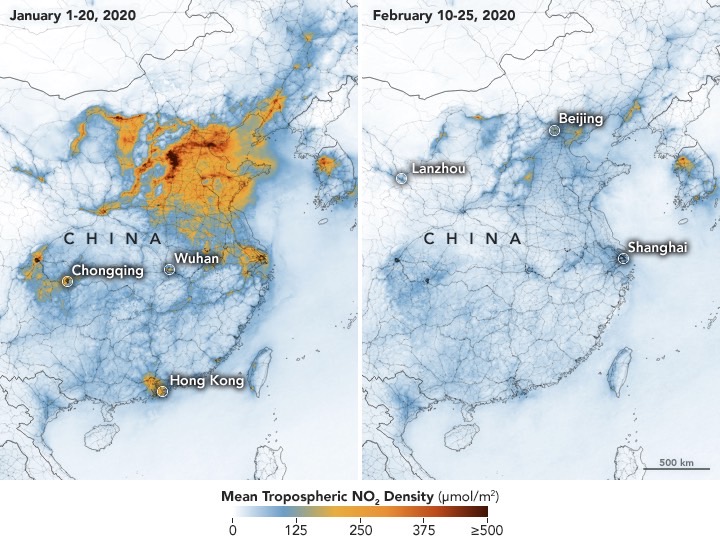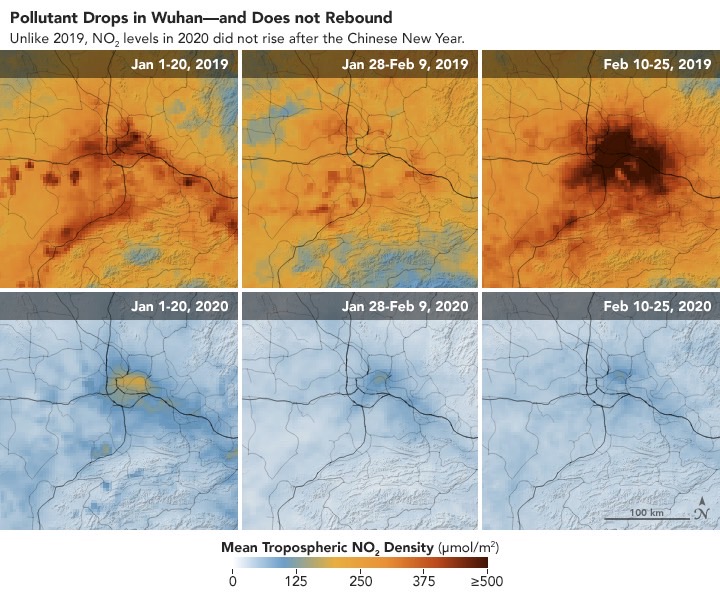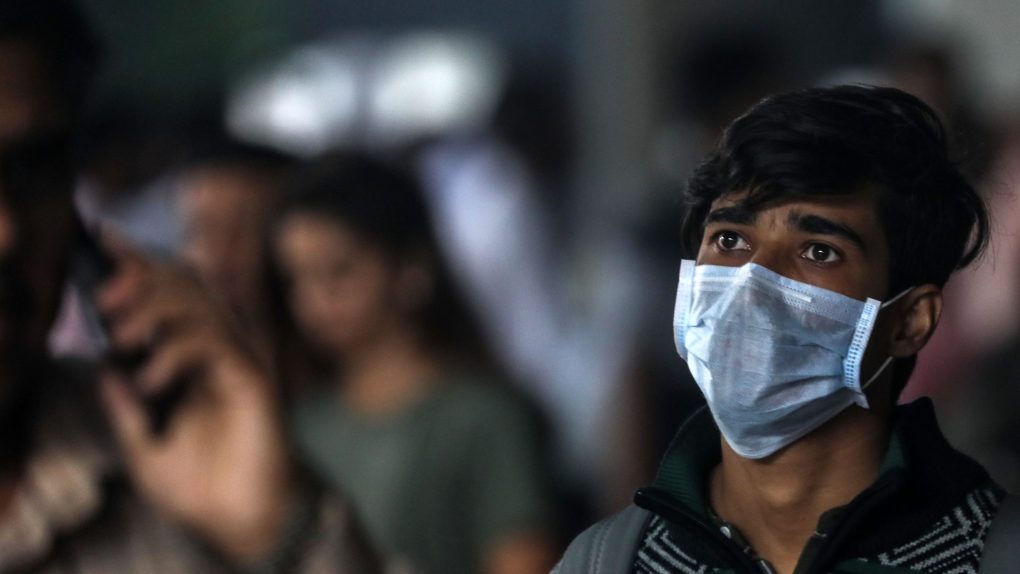The coronavirus (COVID-19) has shocked the world, and it will continue to do so for the foreseeable future. The flu-like disease infected close to 90,000 people around the world since it was first discovered in late December. While China is reporting fewer cases, several other hot zones emerged in the past few weeks, including Italy, Iran, and South Korea, where the number of registered cases grow at somewhat alarming rates.
While over 45,000 patients have recovered so far, the coronavirus killed over 3,000 patients, and impacted everyday life and the world economy. Production of goods in China has been halted, as entire areas were quarantined to put a stop to the virus’ spread. Several trade shows around the world have been canceled, including MWC and the Geneva Auto Show, and even the upcoming Summer Olympic Games are at risk of being canceled. One way to stop the outbreak, aside from increasing awareness and encouraging better personal hygiene, is to limit travel and gatherings of people. It turns out that keeping people at home for a prolonged quarantine, best observed in places like in China, has had an unexpected side-effect on the quality of life in the region.
You know what people don’t do when they’re forced to stay indoors for a long period of time? They don’t get in their cars to drive places, and it turns out that two months of reduced travel was enough for China’s air to become clear of toxins. It’s a sad silver lining, but new satellite imagery from NASA and the European Space Agency showed “significant decreases in nitrogen dioxide (NO2) over China.”
The change is “at least partly related to the economic slowdown following the outbreak of coronavirus,” NASA explained in a press release, showing the following maps to prove its findings.
This image shows a reduction in pollutants for most of February, compared to the first three weeks of January:

Even more interesting is the comparison to last year’s data for the same period. That’s because the Chinese New Year vacation lasted longer, with many people prevented from traveling during the period:

“This is the first time I have seen such a dramatic drop-off over such a wide area for a specific event,” air quality researcher at NASA’s Goddard Space Flight Center Fei Liu. The researcher says a similar drop in NO2 occurred over several countries during the economic recession that began in 2008, but the decrease was more gradual. “This year, the reduction rate is more significant than in past years, and it has lasted longer,” she said. “I am not surprised because many cities nationwide have taken measures to minimize spread of the virus.”
Once the coronavirus threat passes, however, pollution is likely to go up in China and other affected areas.








